
THE HEMINGWAY WING SAFARI
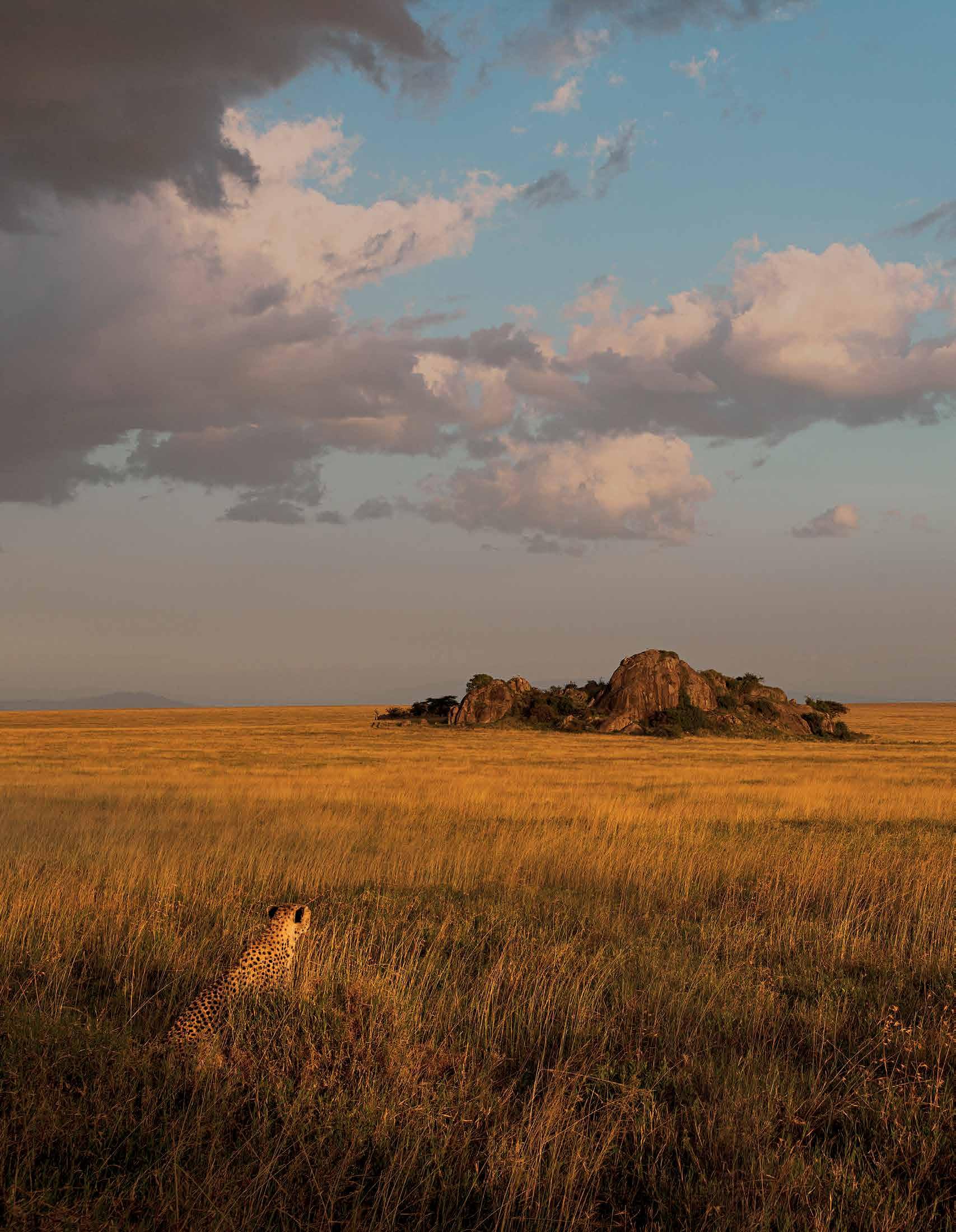



To depart on a safari is not only a physical act, it is also a gesture. You leave behind the worries, the strains, the irritations of life among people under pressure, and enter the world of creatures who are pressed into no moulds, but have only to be themselves; bonds loosen, anxiety fades, the mind closes against the world you left behind like a folding sea anemone.
—Elspeth
Huxley, The Flame Trees of Thika
We recently won our tenth first-place Travel+Leisure award for World’s Best Safari Outfitter (I’m proud to say that no other company has more than three wins), but among all our many accolades, perhaps the most heartening is also from Travel+Leisure: “The Pintos treat their guests like well-loved, out-of-town relatives.”
Micato’s dedication to expert, familial service is the legacy of our founders, my parents Felix and Jane (pictured below in Nairobi). Willingness to go many extra miles to ensure that a Micato safari is the trip of a lifetime—as it is for so many of our guests— is the rock on which Felix and Jane built our family-owned, family-operated company, and why every member of the Micato team will become your welcoming family— from the Safari Director who will be with you from touchdown to takeoff, to our large staffs in the U.S. and East and Southern Africa.
And so, I hope you’ll enjoy an armchair safari with this brochure, and that you’ll consider joining us for hilltop sundowners overlooking the guileless and gorgeous African game lands.
We’ll clink our glasses in celebration of the safari life
Isak Dinesen said “makes you forget all your sorrows and feel as if you had drunk half a bottle of champagne— bubbling over with heartfelt gratitude for being alive.”
Sincerely,

Dennis Pinto Managing Director

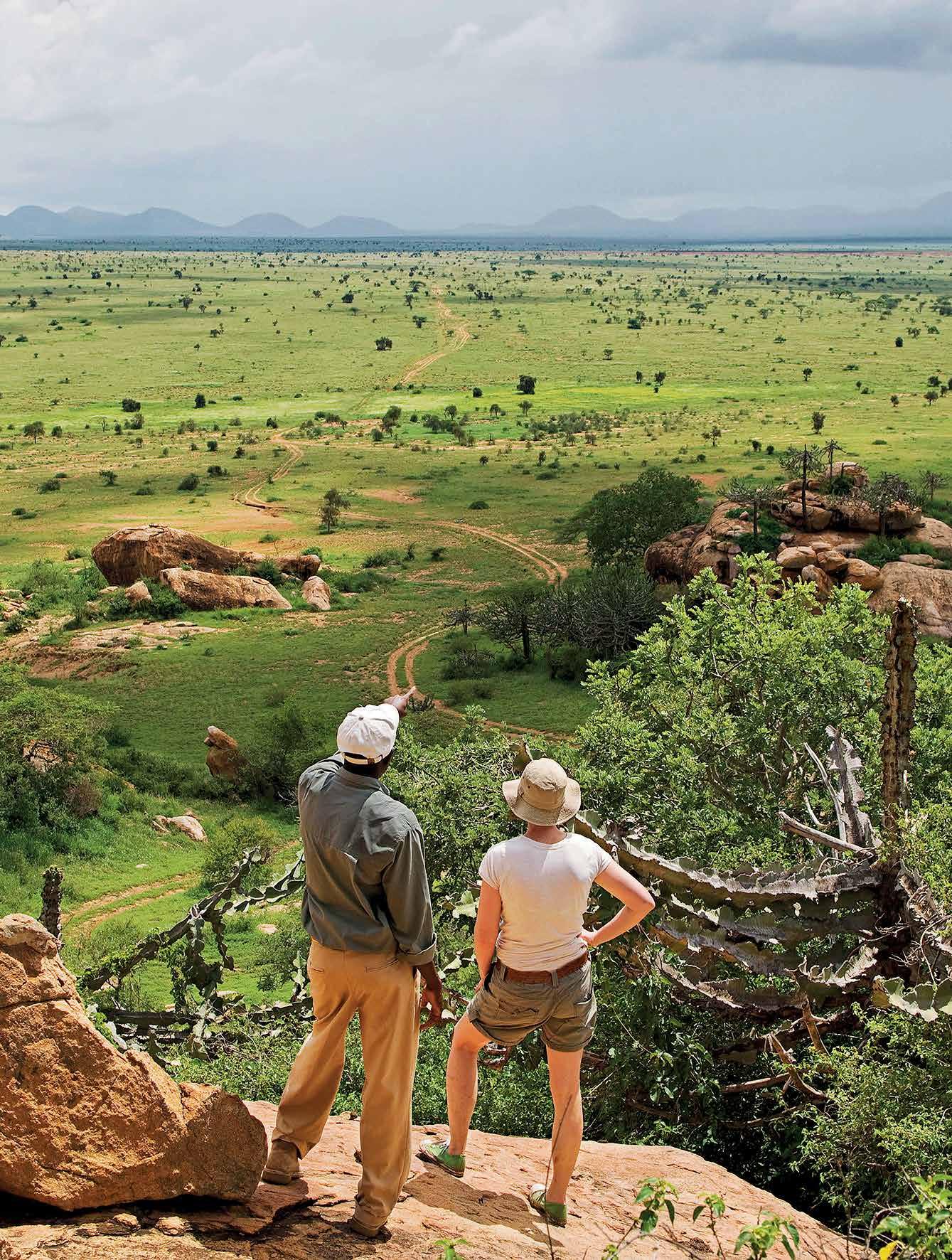
And they’re with you every step of the way. Safari Directors meet you upon landing in Africa and are with you until the moment you depart, always nearby and on prompt call around the clock—not just during business hours.
In addition to a thorough education in the theory and on-the-savannah practice of our state-of-thescience safety protocols, every Micato Safari Director in Kenya has earned prestigious Gold or Silver certifications from the Kenya Professional Safari Guides Association. Seasoned professionals, most
of whom have been with us their entire careers, graduates of Kenya Utalii College or Tanzania’s College of Wildlife Management, they’re creative choreographers of safari: guiding flexible, alwayson-the-lookout forays into the bush, lecturing on flora and fauna, deftly handling logistics, and imparting fascinating nuggets of African history and local folklore. They will also become dear friends.
And the same highest standards and credentials— and affable, unstinting service—apply to Micato Safari Directors in all the East and Southern African countries in which we safari.
From the minute we stepped off the airplane in Nairobi, to the moment we said good-bye to our Safari Director Henry the trip far exceeded our expectations. He delighted us with his enthusiasm, his knowledge and love for the animals. Throughout the trip we experienced many instances of his caring, charming, witty and humble personality. He gracefully took care of all travel needs - airport check-ins, boarding passes, border crossings, hotel check-in/out, many wonderful surprises, and overall hand holding. —Elisabeth Brown
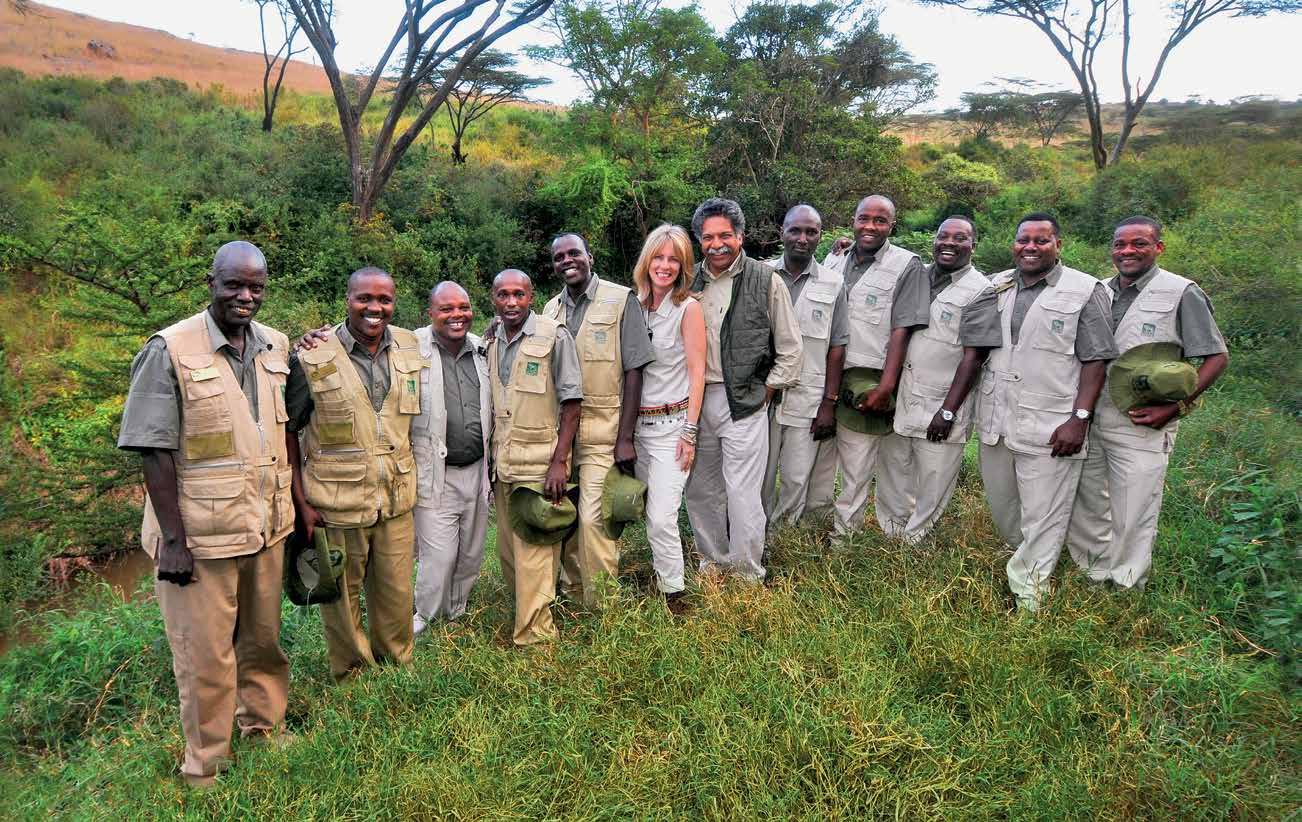
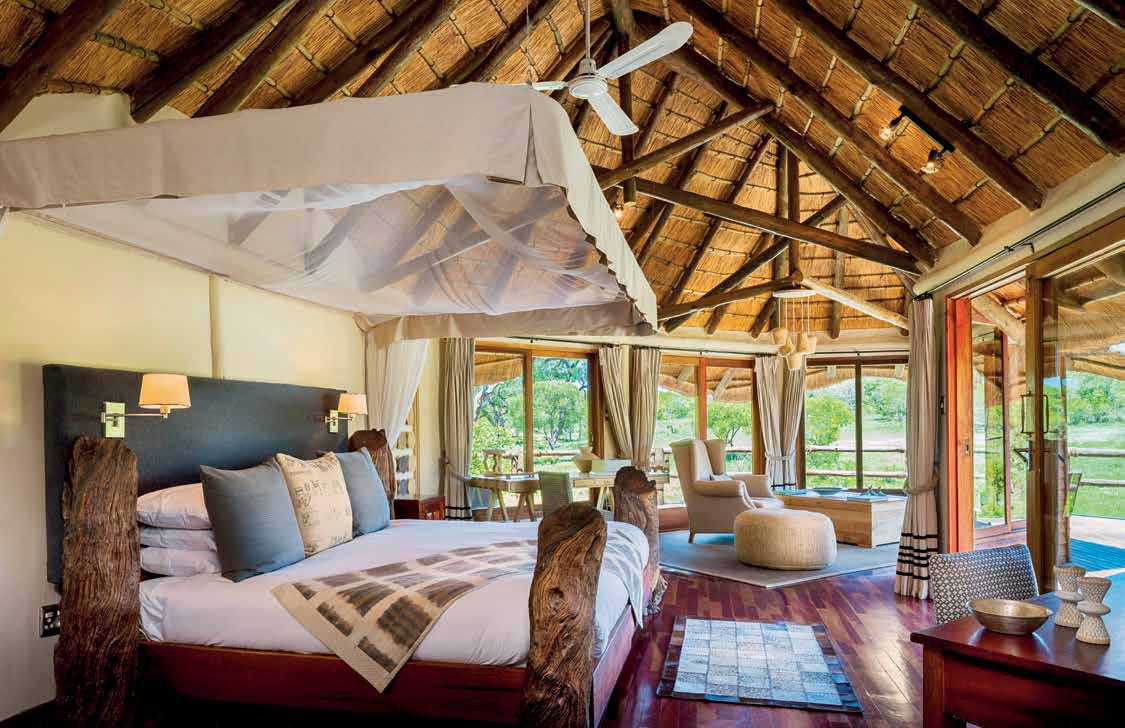
The Pintos treat their guests like well-loved, out-of-town relatives.
—Travel+Leisure
How does a safari company amaze and excel for 60 years? By a cheerfully relentless dedication to service and innovation. With painstaking discernment, profound expertise, and the generosity of spirit that arises from a family’s bedrock commitment to hospitality.
■ Travel+Leisure has named us #1 World’s Best Safari Outfitter ten times. No other company comes
remotely close.
■ Exclusive access to people, places, and experiences available only through the Pinto family’s longtime connections
■ Itineraries perfected by our large in-country staff’s generations of experience and the generational knowledge that comes from living in Africa.
■ Luxurious camps and lodges—obsessively, continually curated.
■ Safari Directors—all Silver and Gold certified— accompany every safari from beginning to end
■ A wonder-working Concierge Team, at your beck and call every moment of the day and night.
■ All tips included, even to Safari Directors and Driver Guides.
■ All meals included. And we unhesitatingly pick up the tab for meals in any local restaurant on all Custom Safaris.
■ At mealtimes, regional wines, beer, and bottled water are included. In Southern Africa, spirits are often included, too.
■ Free valet laundry service, everywhere, every day (and complimentary, custom-designed luggage to put it in).
■ Small-group, boutique safaris of fewer than 18 travellers, and only 12 in Southern Africa.
■ 100% guaranteed departures on our scheduled Classic Safaris, even for parties of two.
■ The finest, well-stocked safari vehicles, Wi-Fi equipped, with guaranteed window seats for all.
■ Surprises. We’re famous for them. You’ll be amazed.
■ And—this could well be at the top of the list—we pay for an African child’s education for every safari we sell.
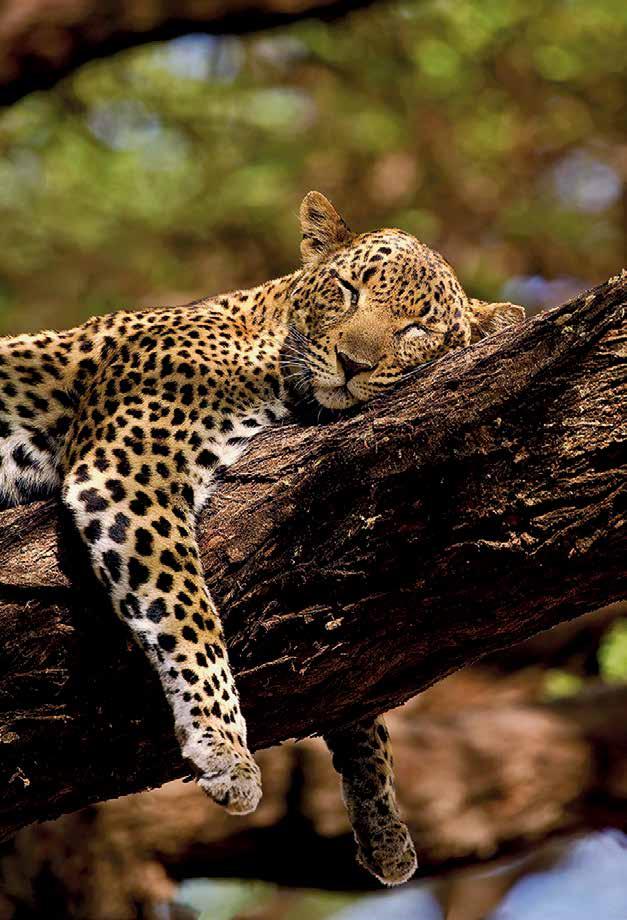
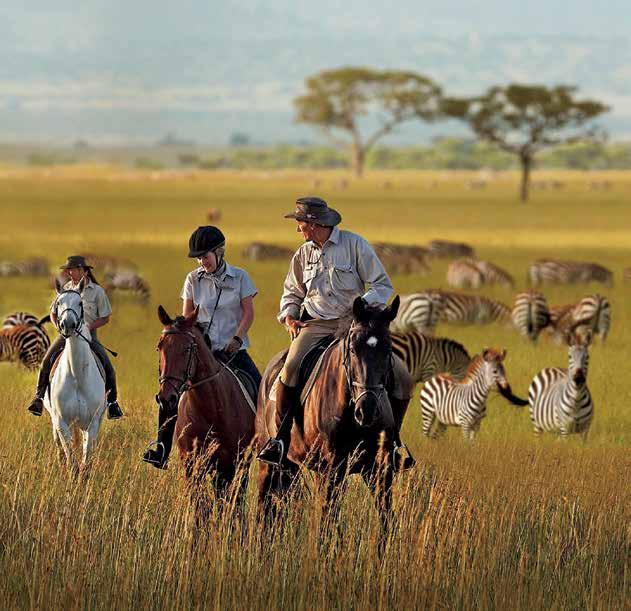
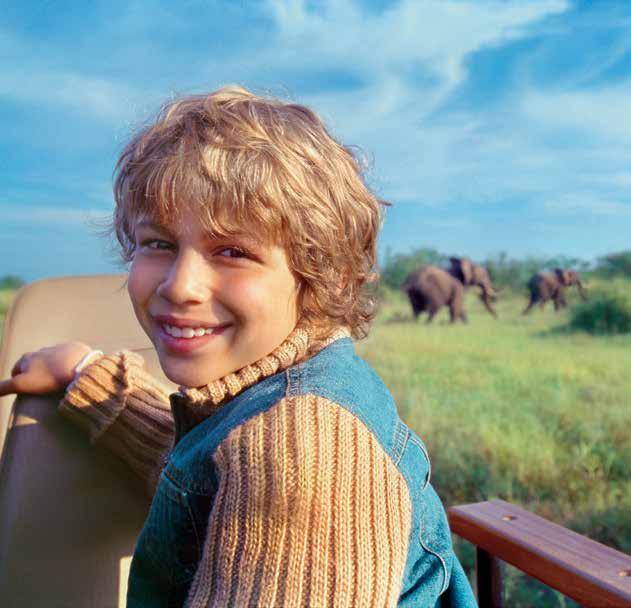
The sun rises early and eagerly on the savannahs, and after some tea, coffee, and pre-breakfast snacks, we venture into what the great lover of Africa Peter Beard called “a paradise caressed by light and air in their most special forms.”
Back at the lodge, we tuck into an English-style breakfast, or perhaps we enjoy an acacia-shaded picnic in the bush.
“Whole landscapes seem alert,” Peter Matthiessen wrote about Africa in The Tree Where Man Was Born. He may well have been thinking of our alertness in these landscapes, a charged, joyous concentration “like a marvelous childhood faculty restored.”
We roam the savannahs and forests with our eyes, searching for their treasures—Look! There, a cheetah!—and the land is no longer mere scenery, an object to look at and admire, but a living thing that invites intimacy and engagement. We know about our species that the more we engage with something, the more likely we are to develop a fiery affection for it.
After a festive lunch, with talk of sightings and amazements (high on the list of safari surprises: the fresh and tasty food), we have time for reading, music, maybe a profound nap followed by a swim, and then it’s off for an afternoon game drive.
After a lovely dinner back at camp, and some time around the campfire, we’re off to bed. And in the morning we may agree with author Elspeth Huxley that there is no “sleep so perfect as that stirred but not broken by the thrilling vibrance of a lion’s roar.”
Africa always brings us something new.
—Pliny the Elder, HistoriaNaturalis
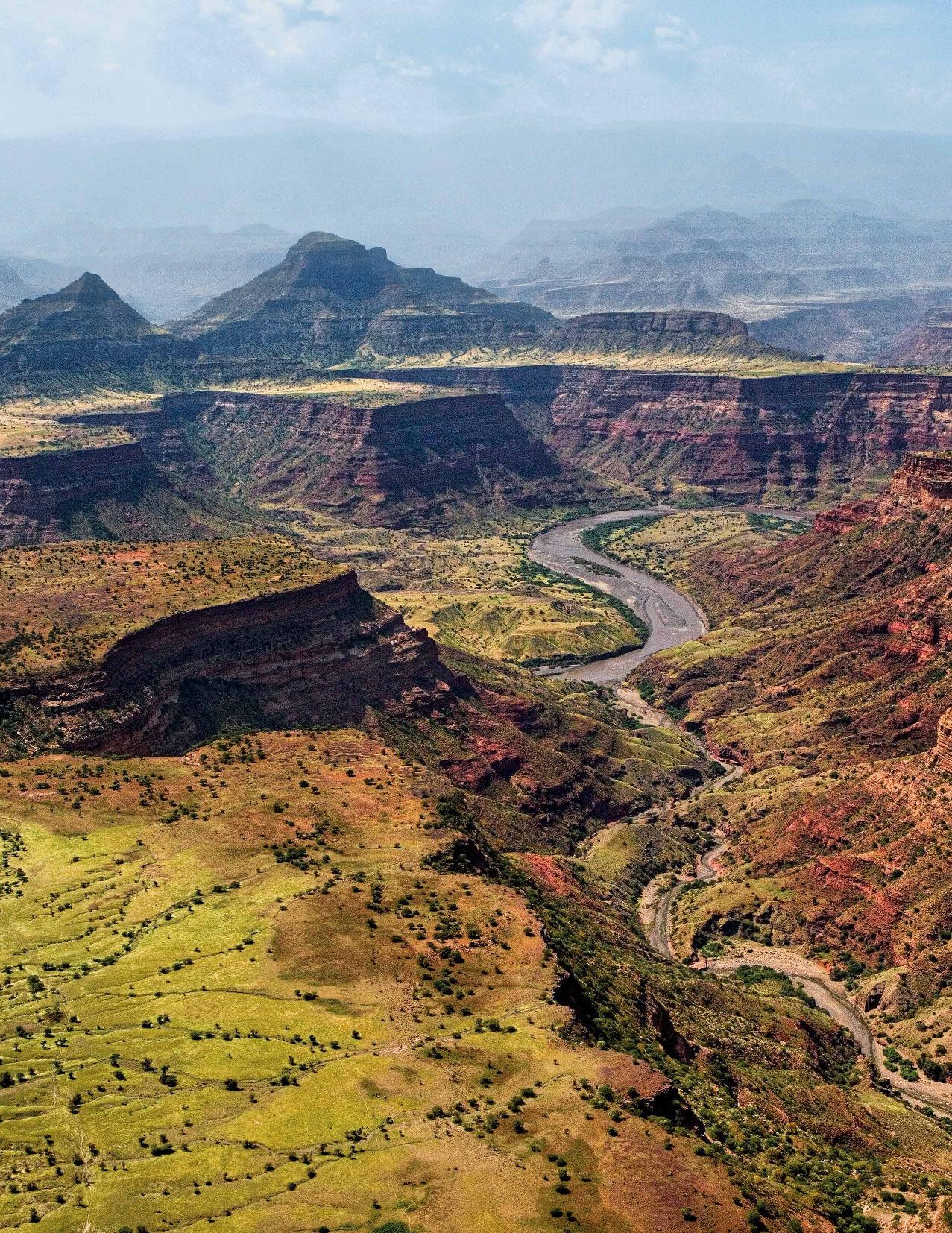
You may remember—it’s hard to forget—the scene in the film version of Out of Africa when Denys Finch Hatton (played by Robert Redford) lands his Gipsy Moth near Karen Blixen’s (Meryl Streep’s) farm. She rushes out to the spiffy little biplane, and Finch Hatton doesn’t take off his flying goggles, he barely throttles back his engine, he just says, “Get in,” and thus begins one of cinema’s great moments: a heart-firing poem of a swooping flight over the incomparably eloquent landscapes of East Africa.*
Isak Dinesen, Blixen’s nom de plume, remembered her many African flights as “the most transporting pleasure of my life. . . . Every time I have gone up in an aeroplane and looking down have realized that I was free of the ground, I have had the consciousness of a great new discovery. ‘I see,’ I have thought, ‘This was the idea. And now I understand everything.’”
It’s as true today as it was in the 1920s: flying low and easily over the continent in small planes
is a matchlessly intimate way to appreciate its subtle and dramatic colours, its tectonic dramas, and its cavalcade of creatures. We fly over villages, waving to their residents, and in a few moments, we’re on the ground, shaking their hands. One of our guests said it well: “For me, flying over Africa is about as flying as flying gets.”
Our Custom Safaris offer as many flights as your personalized itinerary calls for, and we— and our guests over the years—think the flights that link lodges and camps on our Classic Safaris (six on The Micato Grand Safari, for instance, and five on The Stanley Wing) are safari highlights, airy dalliances with Africa’s incomparable landscapes.
* Before she climbs into the plane, Blixen asks Finch Hatton, “When did you learn to fly?” And he answers with a Redfordian grin, “Yesterday.” Rest assured our pilots have hundreds upon hundreds of times more experience than that—and many of them have movie-star smiles.
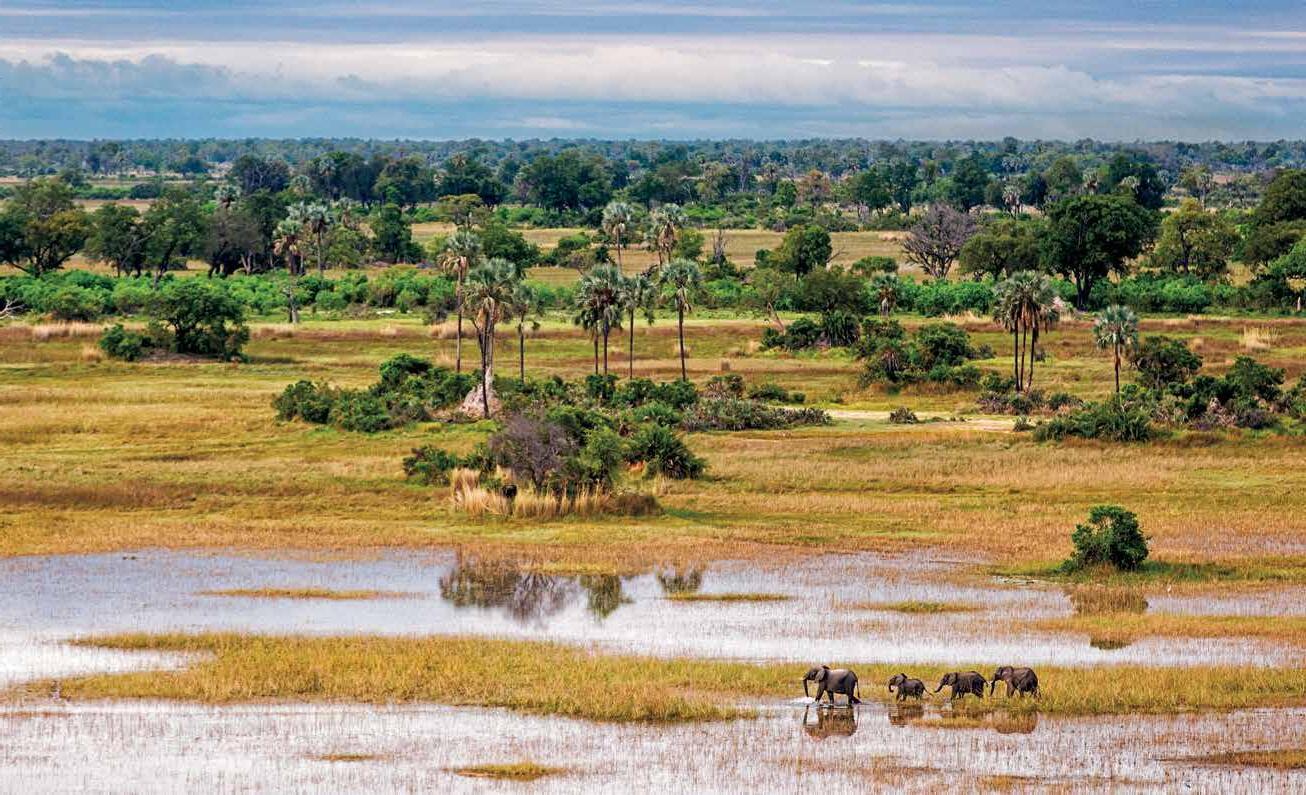
Trips of a Lifetime Global Vision Award
World’s Best Value Winner Legacy in Travel Philanthropy Award Development, Youth Education Micato One for One Commitment #1 New York Times Travel Guide Preferred East Africa
Best African Safari Tour Operator
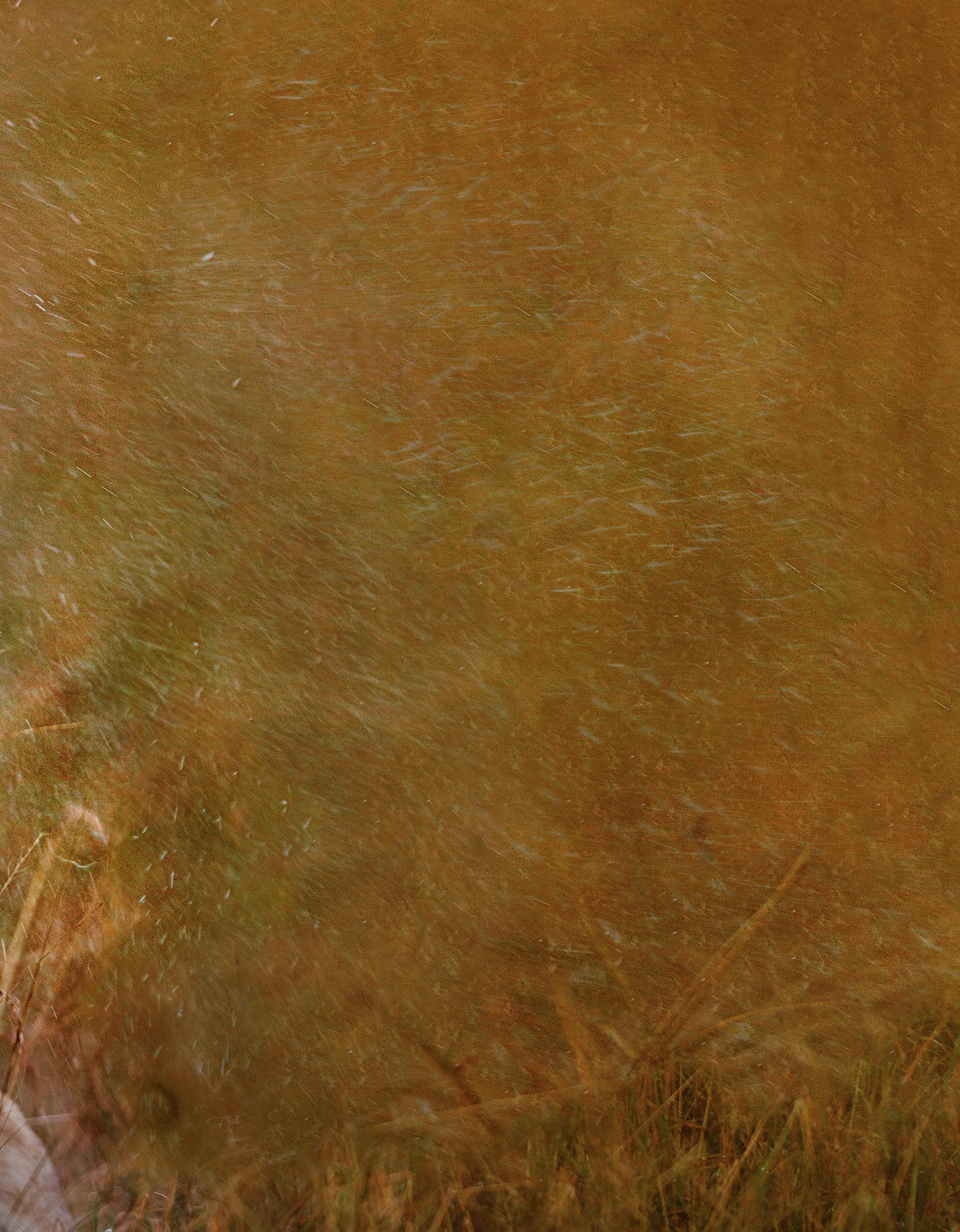
Virtuoso Winner
Best Sustainable Leadership
Best VAST (Active) Operator
Best Escorted Tour Operator
Best Destinations & Experiences
Custom Tour Partner
Family and Celebration Partner
Virtuoso Performance Award
Best Tour Operator Africa / Middle East
Kenya’s
Laikipia Plateau & Maasai Mara • Tanzania’s Serengeti, Ngorongoro Crater & Lake Manyara
14 days door-to-door Includes days en route to/from Nairobi
�uch is Africa’s allure: that a bright fellow like Hemingway would lie in his tent, homesick before he’d even parted from a place that had come to seem more like home than home itself. We’re told these days to stick to the now, and the here, but Hemingway—like many of us lovers of Africa—knew that sometimes you can’t micromanage your passions. The Hemingway Wing Safari—a cherished favourite of Micato staff—is a tribute, not only to Africa’s tendency to grab hold of our hearts, but also to the old-fashioned and cozy safaris of Hemingway’s time, with three tented camps (a little more luxurious than in Ernest’s day, but he was never one to avoid intelligently offered luxury), good looks at East Africa’s most legendary game parks (and a couple of lesser-known gems), and five swooping flights that bring us into great intimacy with Africa’s landscapes.
All I wanted to do now was get back to Africa. We had not left it, yet, but when I would wake in the night I would lie, listening, homesick for it already
—Ernest Hemingway, Green Hills of Africa
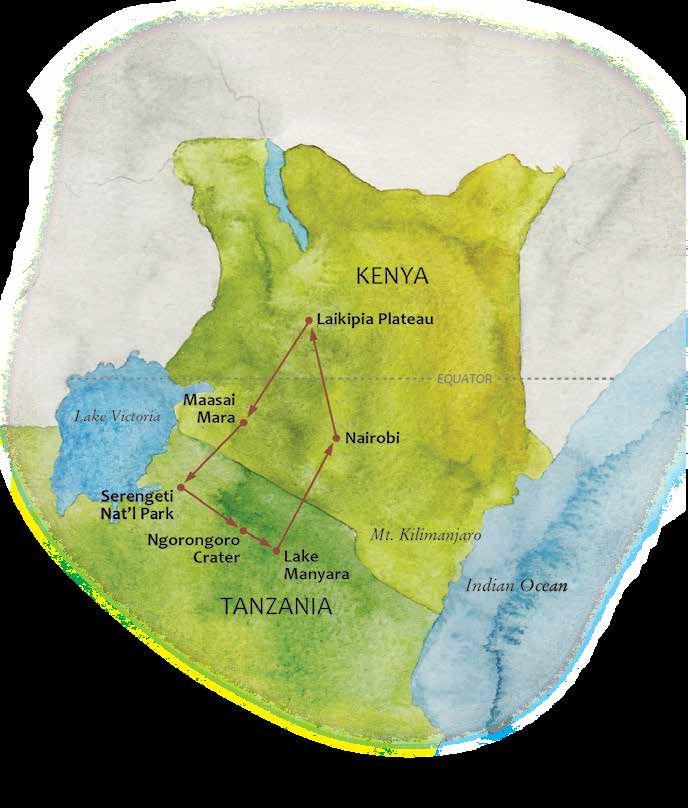

DAY 1 En route
DAYS 2 & 3 Nairobi
We’ll be met by our Micato Safari Director and whisked away to the serene, jet lag-banishing Kempinski Villa Rosa. We’ll visit the impressive National Museum of Kenya, make a joyously inspirational visit to Micato-AmericaShare’s Harambee Centre, visit the Giraffe Centre, lunch at one of Nairobi’s most delightfully cutting-edge restaurants, and pay our respects at the home of Out of Africa’s Isak Dinesen (who wrote as Karen Blixen; Hemingway said more than once that she should have received the Nobel Prize for literature instead of him).
DAYS 4 & 5 The Laikipia Plateau
We fly north from Nairobi to the Laikipia Plateau. It’s a short, but momentous flight, taking us from Nairobi’s urban whirl to a vast, animal-abounding wilderness graced with views of the more-thaniconic Mount Kenya and the monumental clouds that seem to drift up from its 17,000-foot summit. We are, gleefully, in the Africa we’ve been carrying
around in our imagination since we were children. Our haven in this marvelous world-of-its-own is the excellent Mutara Camp, set high atop a cliff overlooking the Plateau, and the only camp (or lodge or pretty much any modern artifact) in the 20,000-acre Mutara Conservancy, a fruitful partnership between the local people and Mutara’s diligently eco- and heritage-aware owners. Spiraling down from the clifftop, we make game drives in Laikipia, encountering in solitude its fabulous plentitude of large (and cunningly small) mammals (all the Big Five, including some especially svelte leopards) who are just the headliners in a fabulous cast of very natural, very intriguing characters. (Some travellers, having seen and appreciated the Big Five, begin a more difficult search for the Little Five, whose identities we will divulge a little east of here, in Tanzania Spectacular.)
There is no feeling like being absolutely alone with creation . . . with nothing spoiled or sullied or abused. . . . A whole world revolves in balance with itself more perfect than the finest symphony.
—Elspeth Huxley, The Mottled Lizard
The Maasai Mara
South by air to the Maasai Mara, the northern reaches of the Serengeti–Maasai Mara ecosystem, earth’s richest wildlife habitat. Our base for explorations in the fabled Mara is the Olare Mara Kempinski, a small tented camp in the soothingly luxurious Kempinski style. Olare Mara’s tents are built on wooden platforms on the banks of the Ntiakitiak River, giving us veranda views of hippos galumphing and elephants joyously bathing in the river. And it’s a great jumping-off place for extraordinary game drives in the mixed land- and waterscapes of the Mara. We’ll visit a traditional Maasai village as we wend our way through this natural wonderland, the kind of place that moved Hemingway to write, “I loved this country and I felt at home and where a man feels at home, outside of where he’s born, is where he’s meant to go.”
“How can one convey the power of Serengeti?” asked Cyril Connolly in The Evening Colonnade. “It is an immense, limitless lawn, under a marquee of sky. . . . The light is dazzling, the air delectable; kopjes rise out of the grass at far intervals, some wooded; the magic of the American prairie here blends with the other magic of the animals as they existed before man.”
The Serengeti sometimes does remind us of the American prairie, but in truth it can’t be compared with any other place on earth. Its kopje-dotted landscape, its vast and billowing skies, and especially its astounding wealth of wildlife make it one-of-agorgeous-kind. Flying via Nairobi and Arusha, we reach our base, Migration Camp, on the hippo-haven Grumeti River. Known for its superb tents (which, one traveller wrote, “have only one thing in common with normal tents: canvas”) and its dramatic setting in rocky outcrops, Migration Camp is revered for its tranquillity (something of a Serengeti speciality).
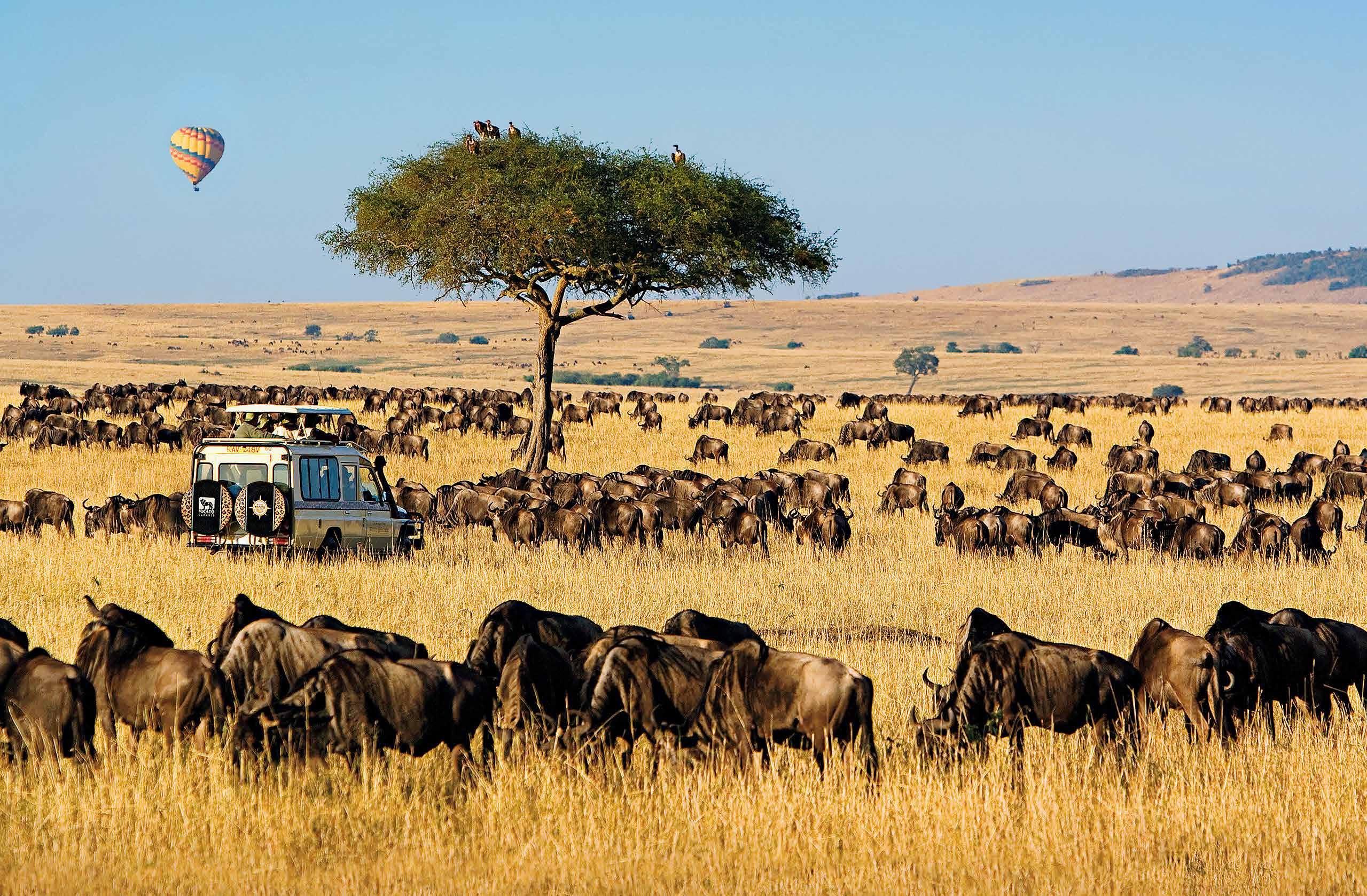
The amazing thing was that your staff acted as though we were the only people in the world and that all their efforts were on our behalf. We were pampered. They were unbelievably caring and helpful. As we moved from place to place, we realized that everyone with Micato is caring and helpful. We were entertained, instructed, educated, and advanced along the way by the nicest group of guides and drivers that we could ever imagine. —Bill and Lee Shewry
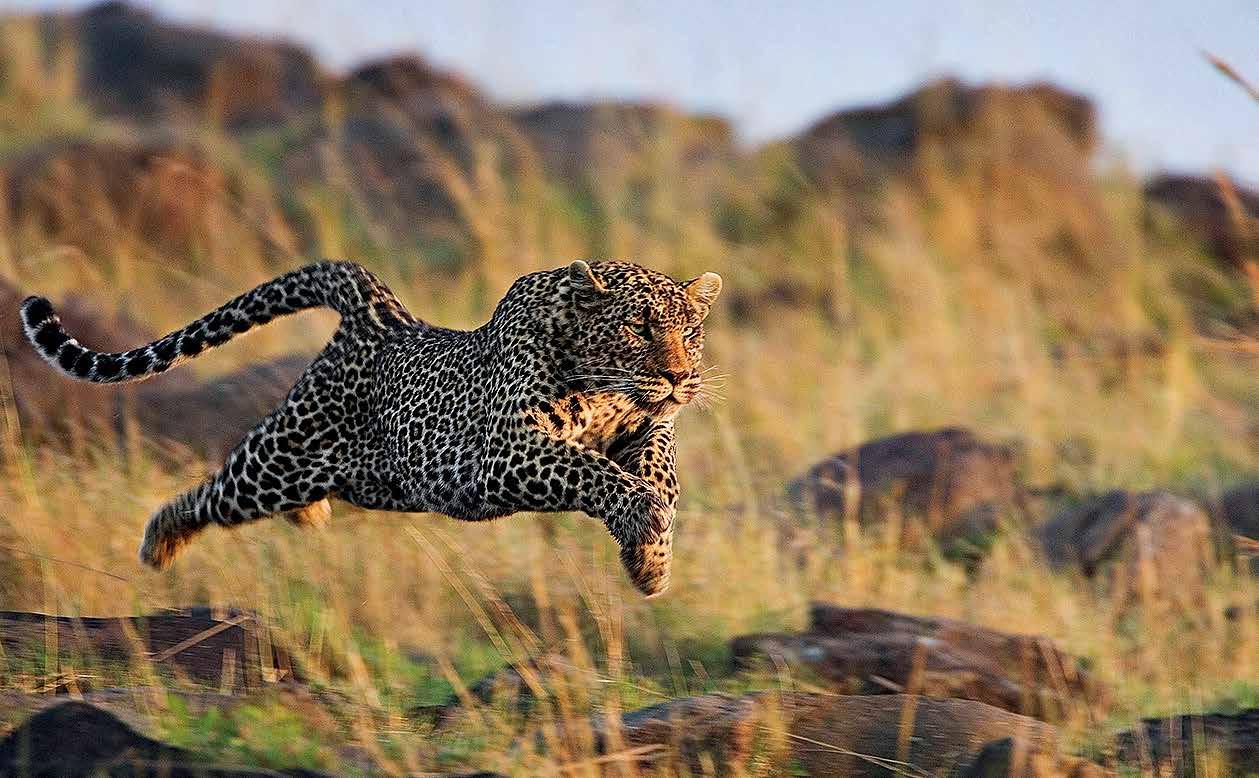
DAYS 10–12 Lake Manyara and the Ngorongoro Crater
We take a picturesque flight from the Serengeti to Lake Manyara, then drive to our base for the next three nights, the lovely Cape Dutch style cottages and suites of Manor at Ngorongoro, set mellifluously in an Arabica coffee estate next to the Ngorongoro Conservation Area. And then we’ll wend our scenic way up from the Manor to the rim of one of earth’s wonders, the great, green, animal-nurturing caldera of a once catastrophically cranky, now beneficently mellow volcano, the planetarily unique Ngorongoro.
We’re at Vail and Aspen altitudes of well over 7,000 feet, and being up that high, figuratively and actually, we may recall Isak Dinesen’s words in Out of Africa, “The air of the African highlands went to my head like wine, I was all the time slightly drunk with it.” And then we zoom down a couple of thousand feet to the Lost World’s lush and park-like floor (but which, make no mistake, is an animal, not a human, kingdom) for a day’s game viewing and a festive bush picnic. And we’ll game drive and view-catch at Lake Manyara, which our guy Ernest
Hemingway thought “the loveliest lake in Africa.”
The lake is a birder’s heaven, (it’s frequented by 300 migratory species)*, and the water from its Crater Highlands-supplied springs makes it a forested redoubt for all the most glamourous large mammals, including the famed Manyara tree-climbing lions. (It’s a little irreverent, but tree-lounging might be a better description.)
* Manyara especially, but all of East Africa, is an avian wonderland. One of our many birdfancying safariers offers a representative tale: “Lilac-breasted rollers are among the most beautiful sights I’ve seen in Africa, anywhere, anytime. And I was mesmerized once watching a kingfisher power-dive into a river several times in succession, and when he came up with a fish in his beak on the third try, three of us broke into applause spontaneously.”
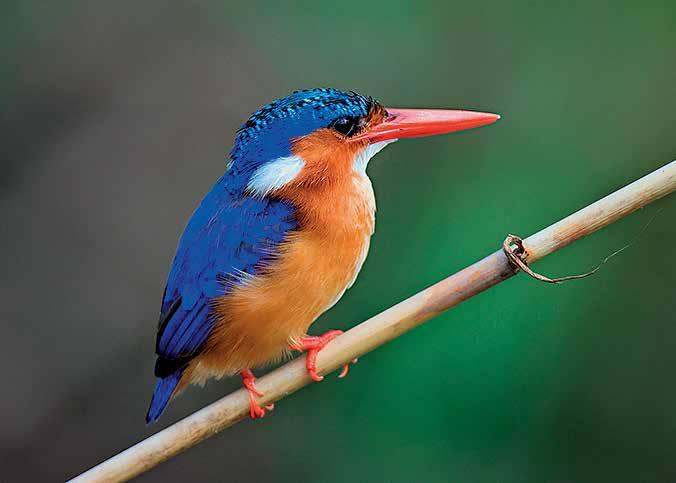
We’ll rest up—with our Safari Director and vehicle on call—before our late evening flights at a fullservice, meals-included day room at the Four Points Sheraton, with some time to shop, or just kick back and savour the first, fresh memories of a classic African safari.
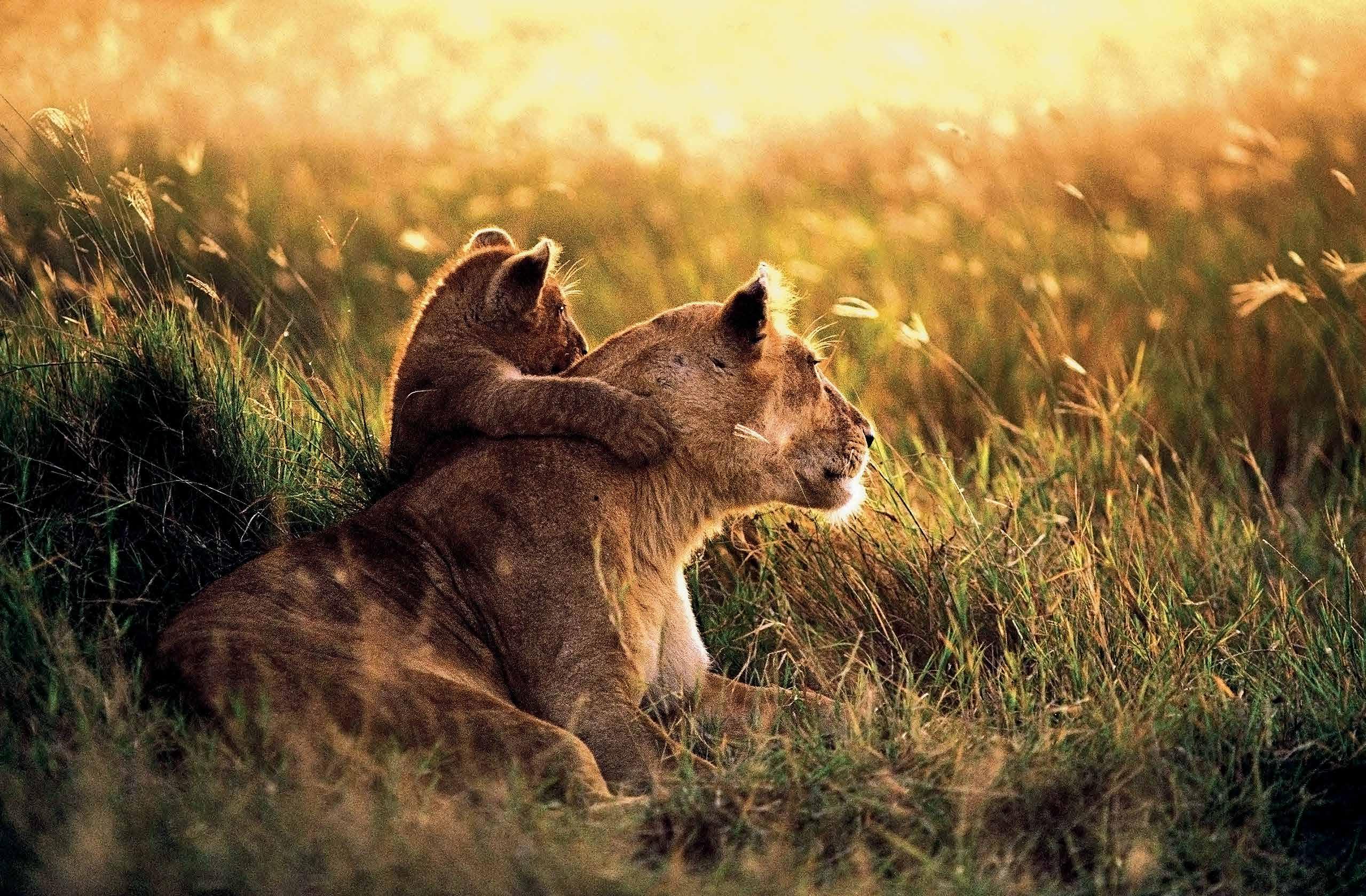
Tariff 2025
arrangements, per person
(Nairobi / Laikipia / Maasai Mara / Serengeti / Lake Manyara; Lake Manyara / Nairobi) Connections may apply.
The Hemingway Wing can easily be transformed into a fully Private Classic Safari, with your friends or family group’s own Safari Director, private vehicles, with the freedom to set your own schedules, to enjoy private meals in the bush, and many etceteras. In short, while your Private Classic will follow the set itinerary of any of our Classic Safaris, it offers the exclusivity and flexibility of a Custom Safari, at a lower cost.
Door-to-Door from Home | Departs Thursday, returns Wednesday
Every date is a guaranteed departure
Jan. 02 – Jan. 15
Jan. 09 – Jan. 22
Jan. 16 – Jan. 29
Jan. 23 – Feb. 05
Jan. 30 – Feb. 12
Feb. 06 – Feb. 19
Feb. 13 – Feb. 26
Feb. 20 – Mar. 05
Feb. 27 – Mar. 12
Mar. 06 – Mar. 19
Mar. 13 – Mar. 26
May 15 – May 28
May 22 – June 04
May 29 – June 11
June 05 – June 18
June 12 – June 25
June 19 – July 02
June 26 – July 09
July 03 – July 16
July 10 – July 23
July 17 – July 30
July 24 – Aug. 06
July 31 – Aug. 13
Aug. 07 – Aug. 20
Aug. 14 – Aug. 27
Aug. 21 – Sept. 03
Aug. 28 – Sept. 10
Sept. 04 – Sept. 17
Sept. 11 – Sept. 24
Sept. 18 – Oct. 01
Sept. 25 – Oct. 08
Oct. 02 – Oct. 15 Oct. 09 – Oct. 22
–
Door-to-Door from Home | Departs Thursday, returns Wednesday
New rates and dates may apply
Jan. 01 – Jan. 14
Jan. 08 – Jan. 21
Jan. 15 – Jan. 28
Jan. 22 – Feb. 04
Jan. 29 – Feb. 11
Feb. 05 – Feb. 18
Feb. 12 – Feb. 25
Feb. 19 – Mar. 04
Feb. 26 – Mar. 11
Mar. 05 – Mar. 18
Mar. 12 – Mar. 25
May 14 – May 27
May 21 – June 03
May 28 – June 10
June 04 – June 17
June 11 – June 24
June 18 – July 01
June 25 – July 08
July 02 – July 15
July 09 – July 22
July 16 – July 29
July 23 – Aug. 05
July 30 – Aug. 12
Aug. 06 – Aug. 19
Aug. 13 – Aug. 26
Aug. 20 – Sept. 02
Aug. 27 – Sept. 09
Sept. 03 – Sept. 16
Sept. 10 – Sept. 23
Sept. 17 – Sept. 30
Sept. 24 – Oct. 07
Oct. 01 – Oct. 14
Oct. 08 – Oct. 21
Oct. 15 – Oct. 28
Oct. 22 – Nov. 04
Oct. 29 – Nov. 11
Nov. 05 – Nov. 18
Nov. 12 – Nov. 25
Nov. 19 – Dec. 02
Nov. 26 – Dec. 09
Dec. 03 – Dec. 16
Dec. 10 – Dec. 23
Dec. 17 – Dec. 30
Dec. 24 – Jan. 06
Dec. 31 – Jan. 13
FOR EVERY GUEST ON SAFARI WE SEND A CHILD TO SCHOOL
Education is the most powerful weapon which you can use to change the world.
—Nelson Mandela
Hundreds of thousands of Kenyan children don’t attend school because their families are too poor to pay even the most nominal school fees. In principle, primary education is free in Kenya, but myriad fees often put it beyond reach: parents are obliged to buy their child’s desk; to pay for term exams, the wood for cooking fires, and a portion of the cooks’ salaries. Then there are schoolbooks, uniforms, writing supplies, and notebooks.
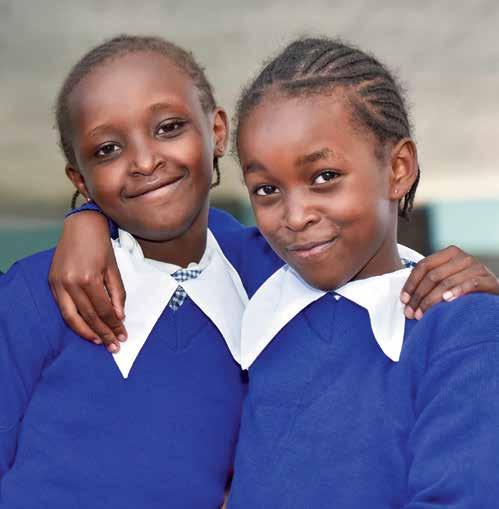
All this adds up to many, many thousands of eager and worthy children staying at home.
For almost 40 years, Micato-AmericaShare has been a passionate advocate for East African children and their families. Under the Micato One for One Commitment, simply by signing up for a Micato safari, every guest on every safari sends a child to school—year after year. Thousands of Kenyan children are able to attend school thanks to our guests who join us in this commitment. Every child deserves an education, and we’re overjoyed to be contributing to this unalienable right.
LEFT : A typically exuberant classroom, led by Peter Mithamo at a school near the MicatoAmericaShare Harambee Centre. Anastasia Pinto summed up the African ethos when she said, “African people will give away their last dollar or loaf of bread to someone who needs it more.”
For almost 40 years, Micato’s tribute to our birth continent has been our nonprofit, MicatoAmericaShare. In the next six pages we’ll tell you what AmericaShare does, but first, here’s why:
It all began with one little boy, going from person to person in a Nairobi shopping centre with a note from his school headmaster. The note said that he was an orphan and needed to raise 700 shillings for a school uniform before he could come to class. He had only collected 100 shillings. The boy approached Micato’s Lorna Macleod. She read the note and handed him the 600 shillings—the equivalent of $15. Tears running down his face, the boy stood there for a moment, said “God bless you,” and dashed away.
At that moment Lorna realized that Micato was an ideal bridge between some of the poorest people on the planet, and some of the wealthiest, our travellers. So we gave that bridge a name: AmericaShare, and have been helping to change lives for the better ever since.
We’re proud of our accolades and of the

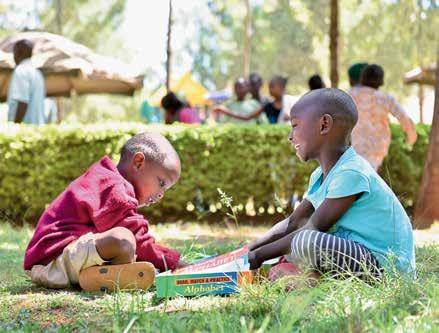
life-sparking joy our safariers routinely experience, but as our Managing Director Dennis Pinto often says, “AmericaShare is the why of why we exist.”
It’s not unusual for inspired safari guests to decide on the spot (or back home for that matter) to sponsor a child to attend boarding school. This programme places a child in a carefully vetted boarding school, and provides every resource necessary for that child to graduate high school (and beyond, if the spirit is willing). Many lives, on both sides of the Atlantic, have been changed by this programme.
The heart of Micato-AmericaShare’s Kenya operation is Harambee Centre, a multi-building oasis of calm and purpose in the midst of Mukuru, one of Nairobi’s largest slums (where a staggering 60,000 or more children can’t attend school). Harambee Centre—made possible by our dear friends
I will never forget my first experience of visiting Harambee Centre! It surpassed my expectations; above all I felt very safe around that space despite the fact that everyone was a stranger when I got in but as I was leaving, I felt warm and I thought to myself this looks like a neat family that I would like to be part of.
—Aisha Omar
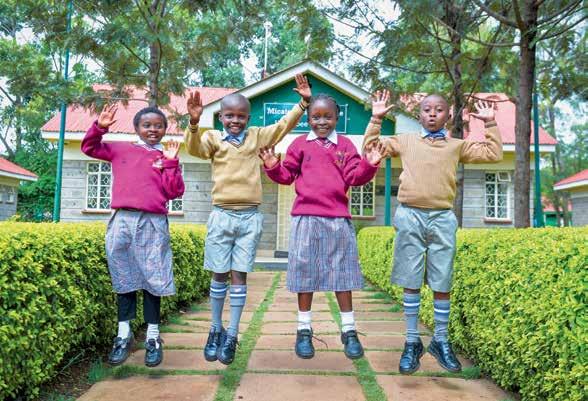
Bernard Wharton and Jennifer Walsh and scores of caring safari-goers—serves Mukuru residents with a Community Centre; a beautiful, 25,000-volume library—with more than 57,000 yearly visitors—and a flourishing second library, both made possible by Suzie and Bruce Kovner through a grant by the Kovner Foundation; and a digitally up-to-the-minute Computer Centre.
A big, bright room equipped with over 70 computers, visited more than 100,000 times since its inception, Micato-AmericaShare’s Harambee Computer Centre—enabled by Dr. Derrick Rossi—offers Mukuru residents free computer access and digital skills training.
During a 12-week training programme, 120 students undergo a comprehensive curriculum designed to enhance their computer skills and proficiency in various Microsoft applications, with a module on CV (curriculum vitae) writing. As this is written, more than 300 students are on our waiting list for future classes, and we hope to increase the number of programmes we offer, as the need and demand is great, and the potential rewards for our students is huge.
The dynamic, 25,000-volume Harambee Centre Library is the proud recipient of the Best Community Library Award by the 50-year old Kenya Association of Library and Information Professionals.
To its post-graduates, Micato-AmericaShare offers scholarships that cover the cost of acquiring trade skills or semi-professional certifications or professional degrees.
We partner with Volunteer Optometric Services to Humanity to bring eye clinics to the community. VOSH doctors examine and treat thousands of children and adults, and donate thousands of prescription eyeglasses.
Lacrosse, a game not played in Kenya, was introduced in Mukuru in June 2014 through an AmericaShare Project by teenager Ian Macleod with support from private donors, businesses, and the International Lacrosse Federation.
At our website, AmericaShare.org, or email us at Inquiries@AmericaShare.org.
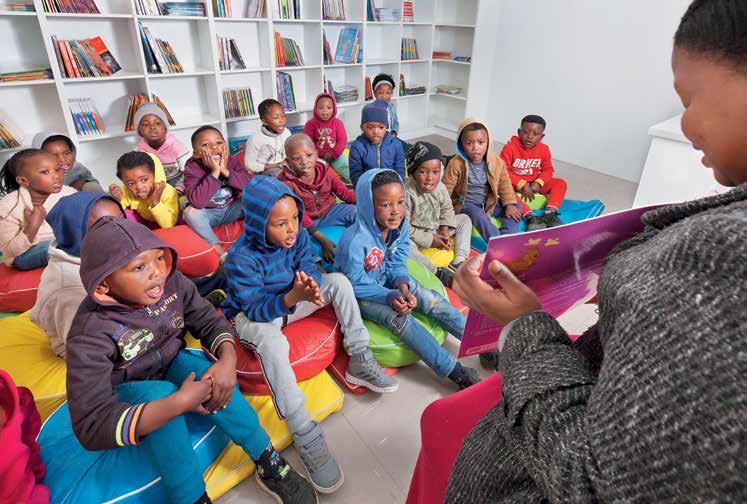
Tucked away on the verdant seaward side of the glorious Old Cape Road, south of Cape Town, past the imposing Steenberg Mountains and lovely Simon’s Town, on the way to the Cape of Good Hope, is the community of Red Hill, whose 1,500 makeshift households are blessed with wonderful views, bright community spirit, and not much in the way of community services.
“Micato-AmericaShare’s educational outreach in East Africa inspired us to find a community in South Africa where we can have a lasting impact,” says Lorna Macleod, AmericaShare’s co-founder and executive director. “And at Red Hill, we knew we had found our place.”
That place is AmericaShare’s Red Hill Library
and Community Centre, a joyful place for a town with a single part-time clinic, 37 per cent unemployment, and no school for its more than 2,000 school-age kids, who have to take long bus rides to state schools in the vicinity.
Our bright new, ever-growing library, led by a trained librarian and volunteers who help students with their homework, is a welcoming community meeting place, and our Literacy and Numeracy Programme, designed to equip Red Hill kids with
the skills they’ll need as they enter the educational system, meets every day for two hours.
The Centre’s Computer Lab offers classes to community members of all ages, focussing on Google Classroom assignments, Typing.com, and Tynker coding. And the beautiful, ocean-view Umbono Wempunelelo—View to Success Deck—has become an integral part of Red Hill’s commitment to meeting the needs of young, energetic minds. The deck’s combination of fresh air and sunlight enhances learning experiences, promotes improved focus, creativity, and overall wellbeing.
…safariers to the Cape Peninsula will visit the Red Hill Library and Community Centre, and many of them will be inspired to help it bring more light to the community. They’ll want to make donations like books, computers, or funds for a new building.
So: if you’d like to visit Red Hill, either before or after your Micato safari, or if you’re just inspired by what you’re seeing and reading on these pages, send an email to Inquiries@AmericaShare.org.
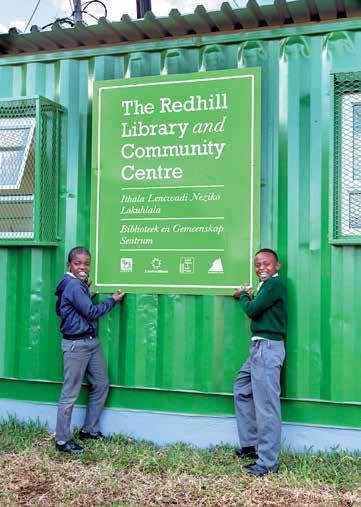
This collaboration with Micato-AmericaShare has brought light to our community. Scholars are able to do their homework and research in the library, which provides a great environment for their education and homework clubs. The Forum is also benefitting from having a productive space in which to meet. This project has uplifted the entire community by making resources available to everybody.

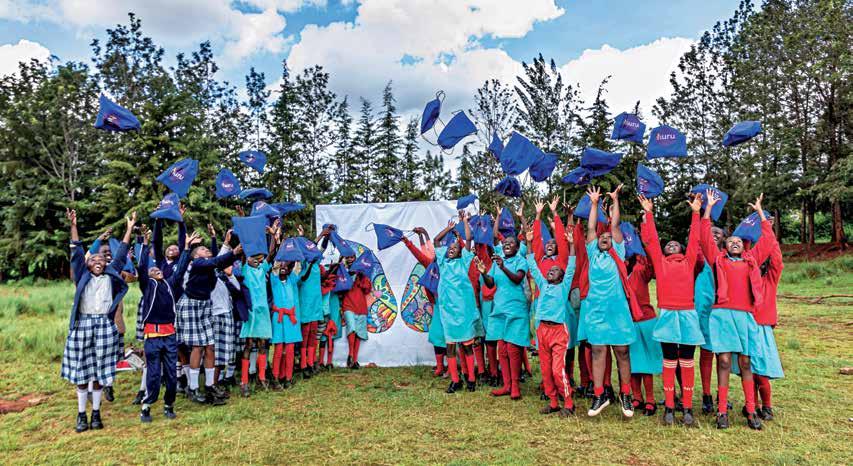
African girls who can’t afford sanitary pads very often avoid school during their periods, losing as much as an entire month each school year. The consequences are significant: girls who miss school or work fall behind, drop out or quit, perpetuating a grim cycle of poverty and gender inequality.
Micato is a major donor and proud supporter of Huru, founded in 2008 by AmericaShare’s co-founder Lorna Macleod. Huru manufactures reusable sanitary pads—more than 2,300,000 to date—which have been distributed in free Huru Kits to more than 320,000 girls in Kenya, Tanzania, and Uganda.
Huru Kits have proven to be a simple, sustainable, and wonderfully practical way to alleviate this worldwide problem.
Each Huru Kit consists of a colourful drawstring backpack with six reusable pads; three pairs of underwear; detergent-grade soap for washing pads; two resealable waterproof bags for safe storage of used pads; and educational materials on HIV prevention and reproductive and sexual health.

Since Huru pads came we are comfortable and we do not feel left out. We are able to attend classes without fear or shame. It brings so much joy to know there are people on earth living far away from you who can rescue you.
—Charity, age 16
All Huru pads are locally produced by women and men from underserved communities, and are designed for the resilient girls and women who use them. Each pad lasts a minimum of 24 months, making them a cost-effective and environmentally friendly alternative to expensive disposables.
The crucial and heartening bottom line: Huru Kits have saved girls 24,000,000 school days (and counting) that otherwise would have been lost. Independent evaluation shows that girls who receive Huru Kits are three times less likely to miss school during their periods.
The United States Agency for International Development (USAID) recently entered a groundbreaking partnership with Huru to provide more than 22,000 women in 43 workspaces in Kenya’s crucial garment and horticulture industries with
Huru Kits and educational sessions on menstrual health and sexual and reproductive health topics, and awareness campaigns for 13,600 supervisors to combat menstrual stigma.
About Huru’s important and effective work. And about its highly successful Skills Transfer Program, a targeted, practical programme that addresses East Africa’s huge problem of youth unemployment, which disproportionately impacts girls; 65 per cent of the Skills Transfer Program’s trainees have no income whatsoever. Huru’s informative website is accessible 525,600 minutes a year at HuruInternational.org.
We educate women because it is smart. We educate women because it changes the world.
—Drew
Gilpin Faust, first female president of Harvard University
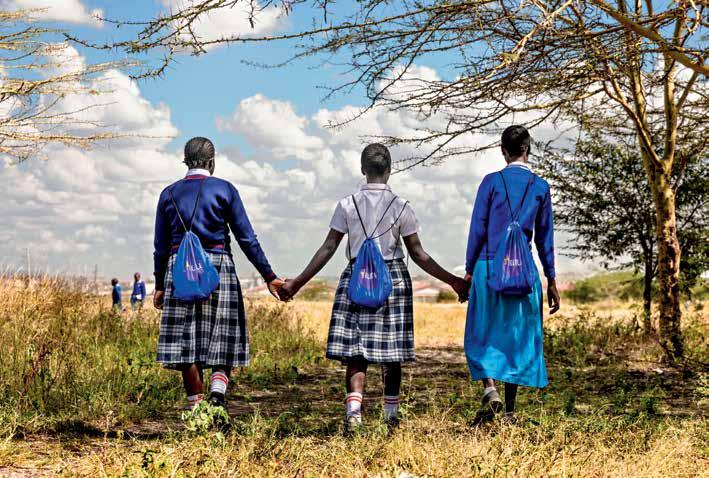

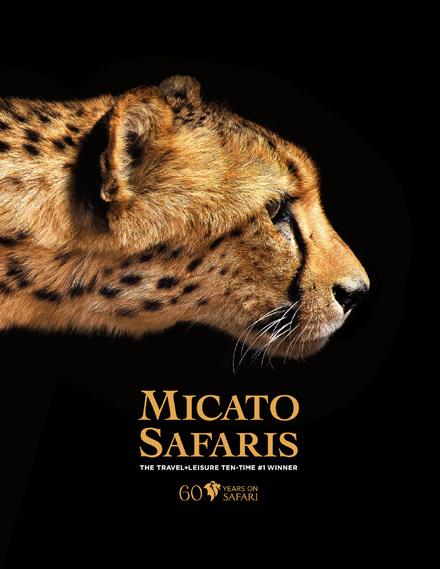
You have me longing for more… …please mail me your entire, beautiful brochure!